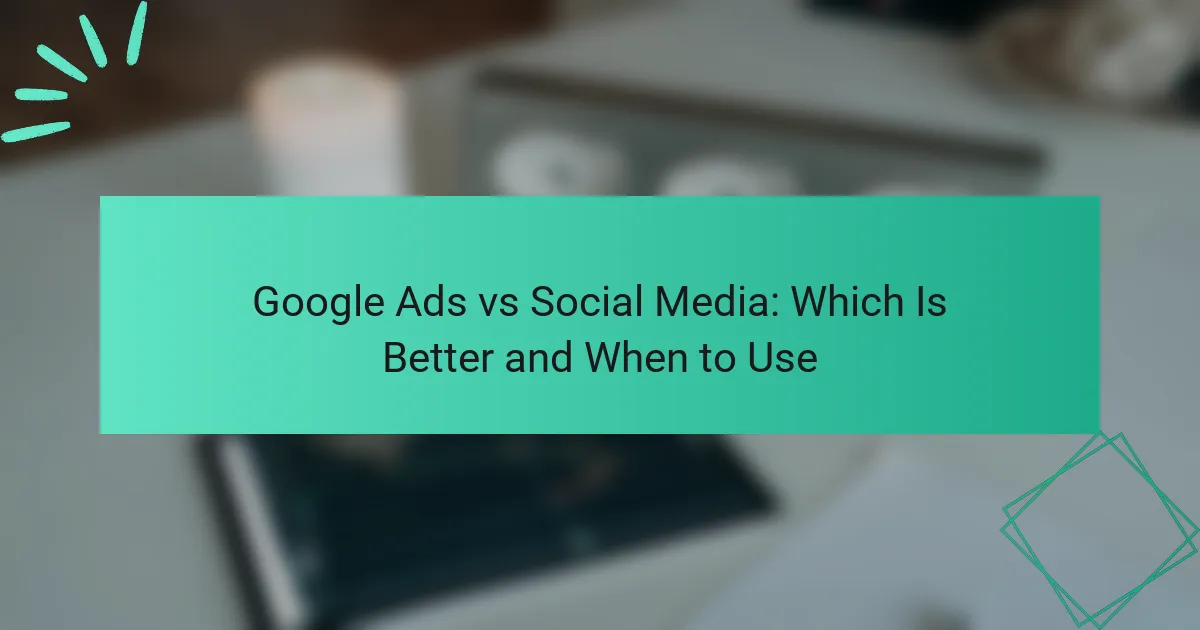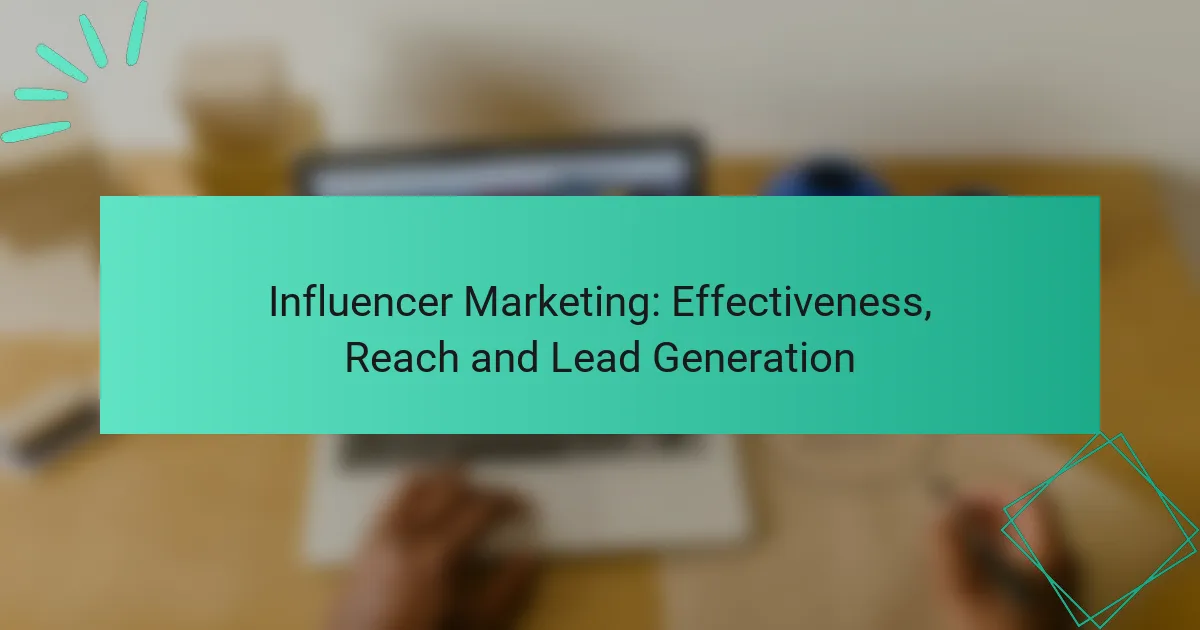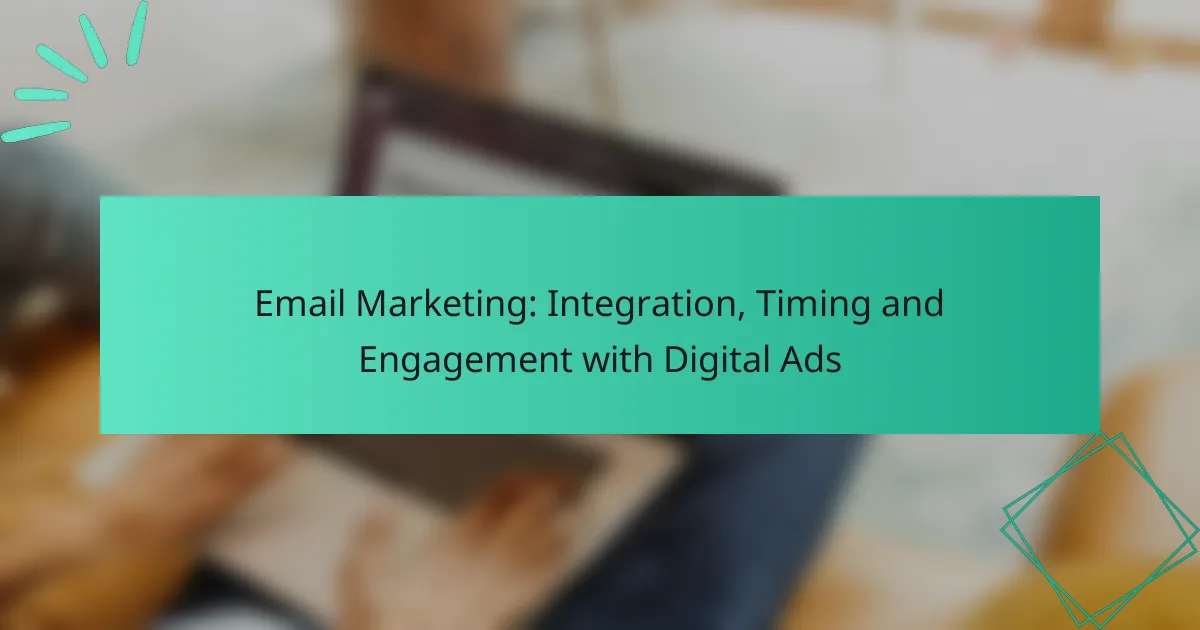When deciding between Google Ads and social media advertising, it’s essential to consider your campaign objectives. Google Ads is highly effective for capturing high-intent customers and driving immediate conversions, while social media platforms excel in building brand awareness and fostering long-term engagement with targeted audiences.

Which advertising platform is more effective in Canada?
In Canada, the effectiveness of Google Ads versus social media advertising largely depends on your campaign goals. Google Ads typically excels in immediate lead generation, while social media platforms are better suited for long-term brand engagement.
Google Ads for immediate lead generation
Google Ads is designed for businesses looking to generate leads quickly. By targeting specific keywords, you can reach potential customers actively searching for your products or services, making it an effective tool for immediate conversions.
To maximize effectiveness, focus on high-intent keywords and create compelling ad copy. Consider using ad extensions to provide additional information, which can improve click-through rates and drive more traffic to your site.
Social Media for brand engagement
Social media platforms are ideal for building brand awareness and engaging with your audience over time. They allow businesses to create a community around their brand, fostering loyalty and encouraging user-generated content.
To leverage social media effectively, develop a content strategy that resonates with your target audience. Regularly interact with followers through comments and messages, and consider using paid promotions to expand your reach.
Comparative ROI analysis
When comparing ROI between Google Ads and social media, consider the nature of your goals. Google Ads often provides a higher immediate ROI due to its direct targeting capabilities, while social media may yield a lower short-term ROI but can build valuable long-term relationships.
Track your campaigns closely and analyze metrics such as cost per acquisition (CPA) and customer lifetime value (CLV) to determine which platform delivers better results for your specific objectives.
Industry-specific performance
The effectiveness of Google Ads and social media can vary significantly by industry. For instance, e-commerce businesses may find Google Ads more effective for driving sales, while brands in lifestyle or entertainment sectors may benefit more from social media engagement.
Research your industry benchmarks and analyze competitors to identify which platform yields the best results. Tailor your strategy based on these insights to optimize your advertising efforts in Canada.

When should I use Google Ads?
Google Ads is best used when you want to capture high-intent customers actively searching for specific products or services. It is particularly effective for driving immediate traffic and conversions, especially in competitive markets.
High-intent search queries
High-intent search queries are those where users are ready to make a purchase or take action. For instance, someone searching for “buy running shoes online” is likely further along in the buying process than someone simply browsing for “running shoes.”
Using Google Ads allows you to target these specific queries, ensuring your ads appear at the top of search results. This visibility can significantly increase your chances of conversion, as users are actively seeking what you offer.
Time-sensitive promotions
Google Ads is ideal for promoting time-sensitive offers, such as seasonal sales or limited-time discounts. When you need to generate quick interest, ads can be set up and launched rapidly to reach your target audience.
For example, if you have a flash sale for a weekend, Google Ads can help you reach potential customers who are searching for related products just before the sale starts. This immediacy can drive significant traffic and sales in a short timeframe.
Local targeting in urban areas
For businesses operating in urban areas, Google Ads provides robust local targeting options. You can set your ads to appear only to users within a specific geographic radius, making it easier to attract nearby customers.
For instance, a restaurant in New York City can target ads to users searching for “restaurants near me” within a few miles. This localized approach ensures that your marketing efforts are focused on individuals who are most likely to visit your establishment, enhancing the effectiveness of your advertising spend.

When should I use Social Media advertising?
Social media advertising is ideal when your goal is to enhance brand visibility and connect with specific audiences. It works best for campaigns targeting engagement, community building, and content sharing.
Building brand awareness
Social media platforms are powerful tools for building brand awareness due to their vast reach and user engagement. By creating visually appealing ads and engaging content, brands can capture the attention of potential customers. For instance, using platforms like Instagram or Facebook can help you reach a wide audience quickly, often at a lower cost compared to traditional advertising methods.
To maximize brand awareness, focus on consistent messaging and visuals that reflect your brand identity. Regularly posting content and interacting with followers can further reinforce your brand’s presence in the minds of consumers.
Engaging with younger demographics
If your target audience includes younger demographics, social media advertising is particularly effective. Platforms like TikTok, Snapchat, and Instagram are popular among younger users, making them ideal for campaigns aimed at this group. Tailoring your content to be relatable and entertaining can significantly enhance engagement rates.
Consider using trends, challenges, or influencer partnerships to resonate with younger audiences. These strategies can create a sense of community and encourage sharing, further amplifying your reach.
Content-driven campaigns
Social media is well-suited for content-driven campaigns that rely on storytelling and visual appeal. Whether it’s videos, infographics, or blog posts, social media allows for diverse content formats that can engage users effectively. For example, a well-crafted video ad can convey your message in a matter of seconds, making it more likely to be shared.
To succeed with content-driven campaigns, ensure your content is high-quality and relevant to your audience. Utilize analytics tools to track engagement and adjust your strategy based on what resonates most with your followers.
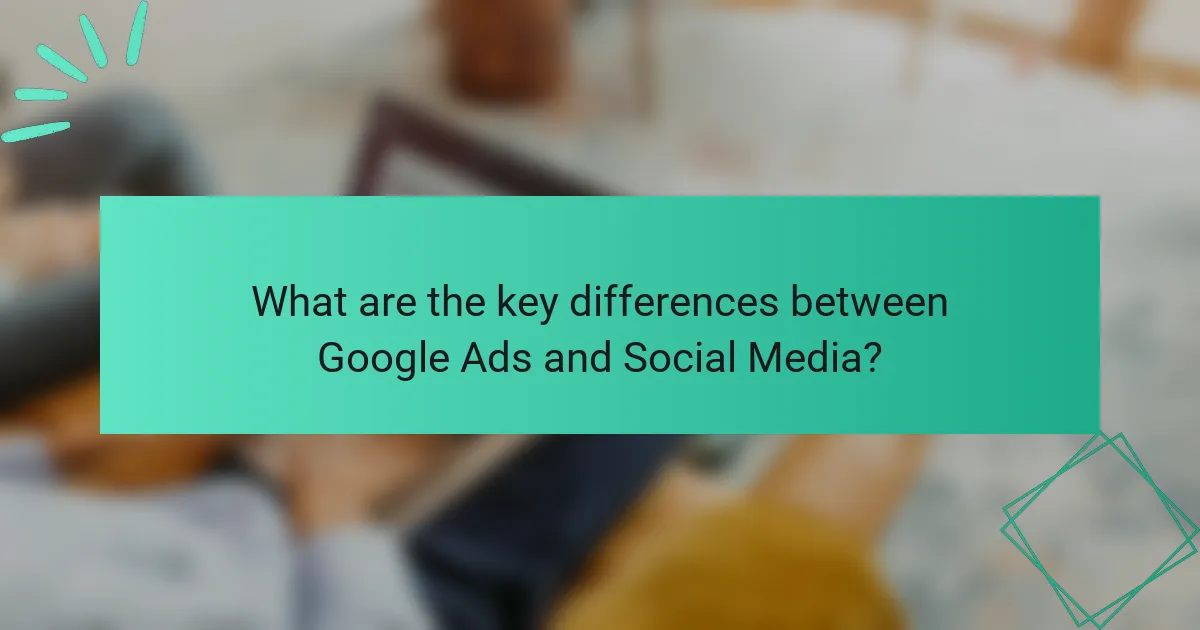
What are the key differences between Google Ads and Social Media?
Google Ads and social media advertising serve different purposes and audiences. Google Ads primarily targets users actively searching for specific products or services, while social media platforms focus on engaging users based on their interests and demographics.
Targeting capabilities
Google Ads excels in intent-based targeting, allowing advertisers to reach users who are actively searching for specific keywords. This means you can target potential customers at the moment they express interest, which often leads to higher conversion rates.
In contrast, social media platforms offer robust demographic and interest-based targeting. Advertisers can segment audiences by age, location, interests, and behaviors, making it easier to reach specific groups. This is particularly useful for brand awareness and engagement campaigns.
Cost structures
The cost structures for Google Ads and social media advertising differ significantly. Google Ads typically operates on a pay-per-click (PPC) model, where you pay each time someone clicks on your ad. Costs can vary widely based on competition for keywords, often ranging from a few cents to several dollars per click.
Social media advertising usually employs a cost-per-impression (CPM) model, where you pay for ad visibility rather than clicks. This can be more cost-effective for campaigns focused on reach and engagement, with costs often falling within a few dollars per thousand impressions.
Ad formats and creativity
Google Ads primarily offers text-based ads, though it also supports display ads and shopping ads. The text format requires concise messaging that highlights key benefits and calls to action, which can be effective for direct response campaigns.
Social media platforms provide a wider variety of ad formats, including images, videos, stories, and carousel ads. This flexibility allows for more creative storytelling and engagement, making it easier to capture attention and foster interaction with your audience.

How do I choose the right platform for my business?
Choosing the right platform for your business involves aligning your marketing objectives with the strengths of Google Ads or social media. Consider your goals, audience, and budget to make an informed decision that maximizes your advertising effectiveness.
Assessing business goals
Your business goals are crucial in determining the right platform. If your aim is to drive immediate sales or leads, Google Ads may be more effective due to its intent-driven search capabilities. Conversely, if you want to build brand awareness or engage with customers, social media platforms can offer more interactive and visual opportunities.
Identify whether your focus is on short-term conversions or long-term brand building. This clarity will guide your choice of platform and advertising strategy.
Understanding target audience
Understanding your target audience is essential for selecting the right advertising platform. Google Ads typically attracts users who are actively searching for specific products or services, making it ideal for targeting intent-driven consumers. Social media, on the other hand, allows you to reach a broader audience based on interests, demographics, and behaviors.
Consider where your audience spends their time online. If they are more engaged on platforms like Facebook or Instagram, social media might be the better choice. Use tools like audience insights to refine your understanding of their preferences.
Evaluating budget constraints
Your budget significantly influences the choice between Google Ads and social media advertising. Google Ads often operates on a pay-per-click model, which can lead to higher costs per acquisition, especially in competitive industries. Social media advertising usually offers more flexible pricing options, including pay-per-impression or pay-per-click, which can be more budget-friendly for small businesses.
Assess your overall marketing budget and allocate funds based on the expected return on investment. Start with a small test budget on both platforms to gauge performance before committing larger amounts. This approach helps in making data-driven decisions while managing costs effectively.
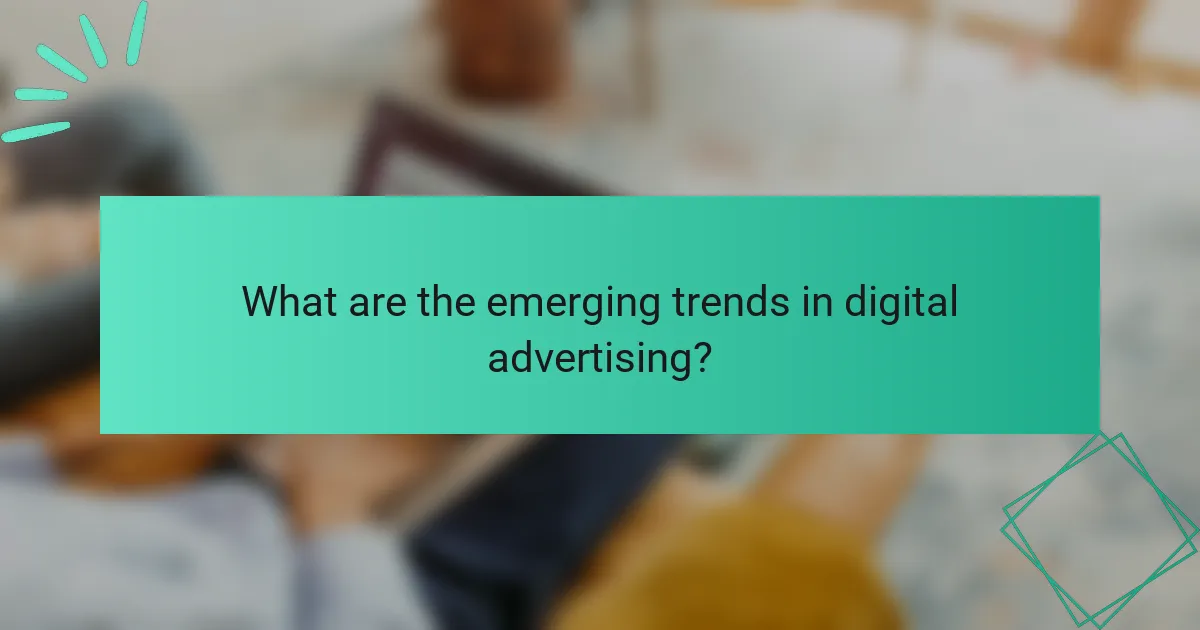
What are the emerging trends in digital advertising?
Emerging trends in digital advertising focus on personalization, automation, and data-driven strategies. Advertisers are increasingly leveraging advanced technologies to enhance targeting and improve engagement with audiences.
Integration of AI in ad targeting
The integration of artificial intelligence (AI) in ad targeting allows marketers to analyze vast amounts of data quickly and accurately. AI algorithms can identify patterns in consumer behavior, enabling more precise targeting and improved ad performance.
For instance, AI can optimize ad placements by predicting which audiences are most likely to convert, based on historical data. This can lead to higher return on investment (ROI) as ads are shown to users who are more inclined to engage with them.
When implementing AI in ad targeting, businesses should focus on collecting quality data and continuously refining their algorithms. Avoid over-reliance on automated systems without human oversight, as contextual understanding is crucial for effective advertising.
